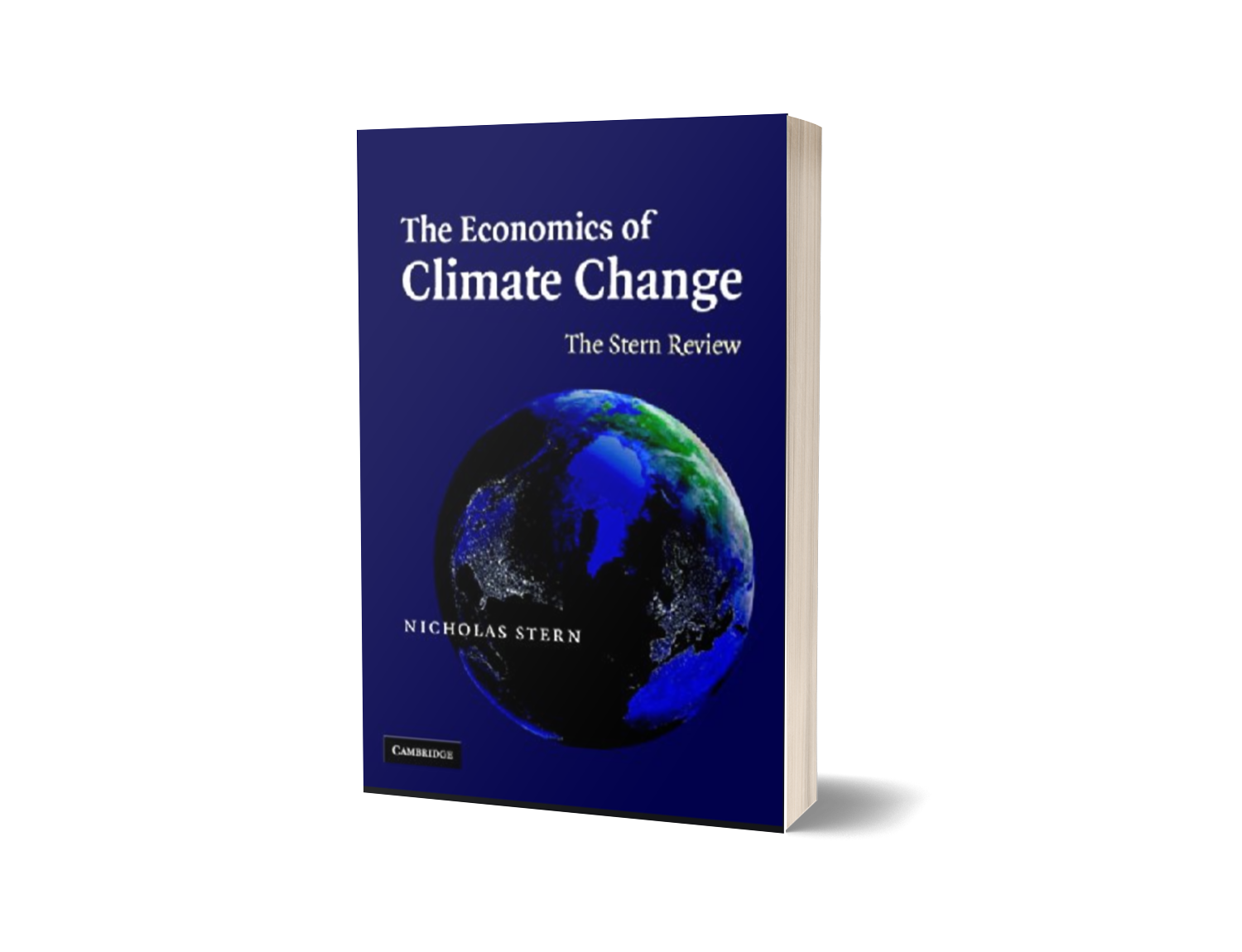Economic impacts of tipping points in the climate system
Scientific Paper by Simon Dietz, James Rising, Thomas Stoerk, and Gernot Wagner (2021 PNAS)
Introduction to Tipping Points and Damage Assessment
When complex systems move so far from their original state small impacts can create large system changes or tipping points. The consensus amongst scientists is that tipping points for many physical climate systems lie somewhere beyond 2-3⁰C warming. This is where the rate of change could accelerate due to biosphere feedback mechanisms which include the risk of a weakening land-ocean sink, melting tundra, Amazon rainforest dieback, ice sheet collapse, and the breakdown of ocean circulation currents.
However, even the latest climate models don’t capture the majority of these abrupt changes, as the latest AR6 IPCC report states: “ecosystem responses to warming not yet fully included in climate models, such as CO2 and CH4 fluxes from wetlands, permafrost thaw and wildfires, would further increase concentrations of these gases in the atmosphere (high confidence)” and so create faster than expected warming, the IPCC report goes on to say “The probability of low-likelihood, high impact outcomes increases with higher global warming levels (high confidence). Abrupt responses and tipping points of the climate system, such as strongly increased Antarctic ice sheet melt and forest dieback, cannot be ruled out (high confidence).”
And yet because most of these ecosystem responses are not included in climate modelling, and because low-probability but high-impact events are hard to capture, it means that tipping point damages simply do not get incorporated into the integrated assessment models which estimate future climate damages and are used by governments to set carbon prices and assess policy.
We simply haven’t put a dollar number on the impact of tipping points . . . and that is the gap this important paper is trying to fill.
Economic impacts of tipping points in the climate system - the paper
The authors have scoured the literature and identified 21 credible analyses of the potential economic impact from eight major tipping points, stitched the data together, and integrated it into an assessment model.
The result . . . the combined average impact of all eight tipping points is to increase the social cost of carbon by 25% (the SCC is the future dollar damages from adding an extra tonne of CO2 into the atmosphere in the equivalent of today’s money).
The nuance . . . the risk is not evenly skewed. Add these tipping points and you disproportionately increase the likelihood of extreme outcomes, meaning there is a 10% chance that the SCC could increase by 100%.
The caveat . . . the authors state that there are at least three major identified tipping points which are not included and that further interaction between tipping points and the physical Earth system need to be included . . . it could be worse still.
What does it mean?
This paper tells us that by including the physical-economic tipping point damages into assessment models that the costs of climate change could increase by 25% and maybe even 100% or more.
And that is before you consider the potential further damage from socio-economic tipping points - for example the financial fall-out from a Climate Crunch could be ten times worse than the Credit Crunch.
So what does this mean? Well if climate damages are essentially uncapped, yet we know the cost of solving climate change and reaching Net-Zero is limited, the Precautionary Principle tells us that we need to act, and we need to act quickly.
This paper is an important contribution to building better integrated assessment models by better mapping the potential future damages of climate change.
Another issue with many IAMs is that they rely on hardcoding expert forecasts for the price of Net-Zero technologies like solar, wind, or batteries (exogenous modelling) which have always been estimated way too expensive. Net-Zero technologies decline predictably with scale of production not time, so build these learning curves into the model (endogenous modelling) and it will reduce the cost of solving climate change, just as including tipping points increases the cost of doing nothing.
Improve the models and suddenly a rapid transition to Net-Zero is win-win for the economy and environment.






















Not a climate change book but an important read for anyone interested in how to objectively evaluate information and make more accurate predictions about the future.